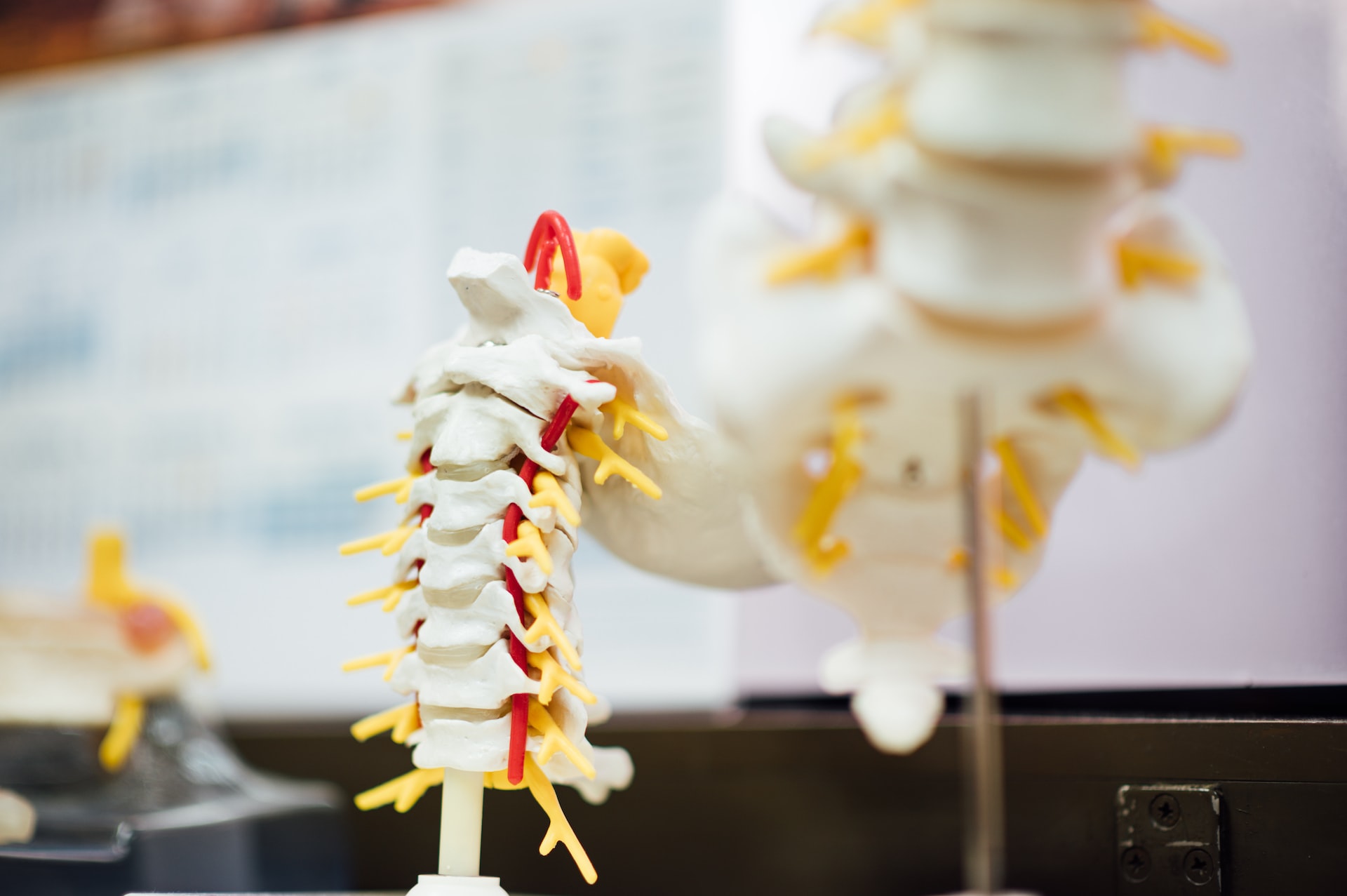1. Choosing the Right Carrot Packaging Equipment
When it comes to packaging carrots, selecting the right equipment is paramount in ensuring their quality and safety. The packaging process not only affects the presentation of the produce but also plays a crucial role in prolonging its shelf life. To make informed decisions, there are several factors to consider.
1.1 Selecting the Ideal Packaging Material
The first step in choosing the right carrot packaging equipment is selecting the ideal packaging material. Carrots are delicate vegetables that require materials that offer optimal protection against physical damage and microbial contamination. Common packaging materials for carrots include plastic bags, clamshells, and trays.
Plastic bags are a popular choice due to their affordability and versatility. However, it is essential to ensure that the bags are made from food-grade materials and are free from harmful chemicals. Clamshells, on the other hand, provide excellent visibility and protection while maintaining the freshness of the carrots. Trays are often used for bulk packaging, offering convenience and easy stacking during transportation.
1.2 Evaluating Different Packaging Machine Types
There are various types of packaging machines available in the market, each catering to different production needs and requirements. It is essential to evaluate these options to determine the most suitable packaging machine for your carrot packaging process.
Vertical form-fill-seal machines are commonly used for packaging carrots. These machines can form, fill, and seal bags in quick succession, improving productivity. Horizontal form-fill-seal machines are another option, providing a horizontal orientation for packaging. They are particularly useful for large-scale production.
Other packaging machine types include flow wrapping machines, tray sealing machines, and vacuum packaging machines. Each machine offers its unique advantages, such as efficient sealing, extended shelf life, or enhanced product visibility. Consider the specific needs of your carrot packaging process to make an informed decision.
1.3 Considering Automation and Efficiency
Incorporating automation into the carrot packaging process can significantly improve efficiency and productivity. Automated packaging equipment can streamline operations, reduce labor costs, and ensure consistent packaging quality.
Consider investing in equipment that offers automated filling, sealing, and labeling capabilities. These machines can handle large volumes of carrots with minimal human intervention, reducing the risk of errors and increasing overall efficiency.
Additionally, look for packaging equipment that allows for easy customization and adjustment. Flexibility is crucial in accommodating different carrot packaging requirements, such as varying package sizes or labeling specifications.
2. Ensuring Food Safety and Quality
Food safety and quality are of utmost importance when packaging carrots. Implementing appropriate measures and adhering to hygiene standards and regulations are essential to prevent contamination and ensure consumer safety.
2.1 Understanding Hygiene Standards and Regulations
Before starting the carrot packaging process, it is crucial to have a thorough understanding of the hygiene standards and regulations that apply to your location. Familiarize yourself with guidelines set by local food safety authorities, such as the FDA (Food and Drug Administration) in the United States.
These guidelines cover various aspects, including proper handling, storage, and packaging practices. Ensure that your packaging equipment and materials comply with the relevant standards to maintain food safety and quality.
2.2 Implementing Proper Cleaning and Sanitization Procedures
Cleaning and sanitizing your carrot packaging equipment is vital in preventing contamination and maintaining product quality. Develop a comprehensive cleaning and sanitization procedure that covers all parts of the packaging equipment, including contact surfaces and conveyors.
Use food-safe cleaning agents and follow manufacturer recommendations for optimal results. Regularly inspect and maintain your packaging equipment to identify any potential issues that may compromise food safety.
2.3 Preventing Contamination and Spoilage
To prevent contamination and spoilage of packaged carrots, it is crucial to implement proper handling and storage practices. Train your staff on proper hygiene practices, such as handwashing and the use of gloves, to minimize the risk of contamination.
Ensure that the packaging materials used are free from defects and securely sealed. Properly label packaged carrots with relevant information, such as the harvest date and best before date, to ensure consumers can make informed choices and reduce the risk of consuming spoiled produce.
3. Maximizing Shelf Life and Freshness
Prolonging the shelf life and freshness of packaged carrots is essential to reduce waste and ensure customer satisfaction. By implementing specific strategies, you can optimize the packaging process to achieve these objectives.
3.1 Implementing Modified Atmosphere Packaging (MAP)
Modified Atmosphere Packaging (MAP) is a technique used to extend the shelf life of fresh produce, including carrots. It involves modifying the composition of the atmosphere within the packaging to slow down the spoilage process.
The most common gases used in MAP for carrots are carbon dioxide and nitrogen. These gases help control the growth of spoilage-causing microorganisms and slow down the natural ripening process. By implementing MAP, you can significantly extend the shelf life of packaged carrots while maintaining their quality and freshness.
3.2 Utilizing Temperature and Humidity Control
Temperature and humidity control are crucial in preserving the freshness of packaged carrots. Carrots are best stored at temperatures between 32°F and 40°F (0°C and 4°C) with a humidity level of around 95%. These conditions help slow down moisture loss and prevent wilting.
Invest in packaging equipment that offers temperature and humidity control features. This ensures that the carrots are stored in the optimal environment throughout the packaging and distribution process.
3.3 Incorporating Anti-Microbial Packaging Solutions
Anti-microbial packaging solutions can help inhibit the growth of microorganisms on the surface of packaged carrots. These solutions often contain natural antimicrobial agents that are safe for consumption.
Consider using packaging materials that have been treated with antimicrobial coatings or incorporating antimicrobial sachets within the packaging. These solutions can effectively reduce microbial contamination and extend the shelf life of the carrots.
4. Enhancing Branding and Presentation
Carrot packaging is not only about preserving the produce but also about creating a visually appealing and memorable presentation. Enhancing your branding and packaging design can help differentiate your carrots from competitors and attract consumers.
4.1 Designing Eye-Catching Packaging Graphics
Invest in professional graphic design services to create eye-catching packaging graphics for your carrots. Consider incorporating vibrant colors, appealing imagery, and clear branding elements to make your packaging stand out on store shelves.
Ensure that the packaging design is aligned with your brand identity and appeals to your target audience. A visually appealing package can create a positive first impression and increase the perceived value of the carrots.
4.2 Incorporating Sustainable and Eco-Friendly Packaging
As consumers become more environmentally conscious, incorporating sustainable and eco-friendly packaging solutions can give your carrot brand a competitive edge.
Consider using packaging materials made from recycled or biodegradable materials. Explore options such as compostable bags or trays made from renewable resources. Communicate your commitment to sustainability through clear labeling and messaging on your packaging.
4.3 Utilizing Innovative Packaging Designs
Embrace innovation in your carrot packaging by exploring unique and creative designs. Consider unconventional shapes or packaging structures that can add value to the consumer experience.
For example, you can incorporate resealable packaging to provide convenience and maintain freshness after opening. Explore packaging solutions that enhance portability, such as individual portion-sized packs, catering to consumers looking for on-the-go options. Innovations like these can set your carrot brand apart and attract a wider customer base.
In conclusion, choosing the right carrot packaging equipment, ensuring food safety and quality, maximizing shelf life and freshness, and enhancing branding and presentation are all key considerations when packaging carrots. By implementing these strategies, you can safely preserve and present your carrots, leaving customers impressed with the quality and appeal of your produce.
FAQ
Question: What types of packaging machines are suitable for packaging carrots? – There are various types of packaging machines available for packaging carrots, including vertical form-fill-seal machines, horizontal form-fill-seal machines, flow wrapping machines, tray sealing machines, and vacuum packaging machines. Each machine offers its own advantages, so it is important to consider your specific needs when selecting the most suitable machine for your carrot packaging process.
Question: What packaging materials are commonly used for carrots? – Common packaging materials for carrots include plastic bags, clamshells, and trays. Plastic bags are affordable and versatile, while clamshells provide excellent visibility and protection. Trays are commonly used for bulk packaging and offer convenience and easy stacking during transportation.
Question: How can automation improve efficiency in carrot packaging? – Incorporating automation into the carrot packaging process can significantly improve efficiency and productivity. Automated packaging equipment can streamline operations, reduce labor costs, and ensure consistent packaging quality. Look for equipment that offers automated filling, sealing, and labeling capabilities, as well as flexibility in customization and adjustment to accommodate different packaging requirements.
Question: How important is food safety in carrot packaging? – Food safety is of utmost importance in carrot packaging to prevent contamination and ensure consumer safety. It is crucial to understand hygiene standards and regulations and implement proper cleaning and sanitization procedures for packaging equipment. Proper handling and storage practices should also be implemented to prevent contamination and spoilage.
Question: How can shelf life and freshness of carrots be maximized? – Shelf life and freshness of packaged carrots can be maximized by implementing Modified Atmosphere Packaging (MAP) techniques, utilizing temperature and humidity control, and incorporating anti-microbial packaging solutions. MAP involves modifying the atmosphere within the packaging to slow down spoilage. Temperature and humidity control help preserve freshness, and anti-microbial packaging can inhibit the growth of microorganisms.
Question: How can branding and presentation be enhanced in carrot packaging? – Branding and presentation can be enhanced in carrot packaging by designing eye-catching packaging graphics, incorporating sustainable and eco-friendly packaging solutions, and utilizing innovative packaging designs. Eye-catching graphics can create a positive first impression, while sustainable packaging can appeal to environmentally-conscious consumers. Innovative designs, such as resealable packaging or individual portion-sized packs, can differentiate your brand and attract a wider customer base.
Question: What packaging regulations should be considered? – Before starting the carrot packaging process, it is important to have a thorough understanding of the hygiene standards and regulations that apply to your location. Familiarize yourself with guidelines set by local food safety authorities, such as the FDA in the United States. These guidelines cover various aspects, including proper handling, storage, and packaging practices.
Question: What is the ideal storage temperature and humidity for carrots? – Carrots are best stored at temperatures between 32°F and 40°F (0°C and 4°C) with a humidity level of around 95%. These conditions help slow down moisture loss and prevent wilting. Investing in packaging equipment that offers temperature and humidity control features can ensure that the carrots are stored in the optimal environment throughout the packaging and distribution process.









